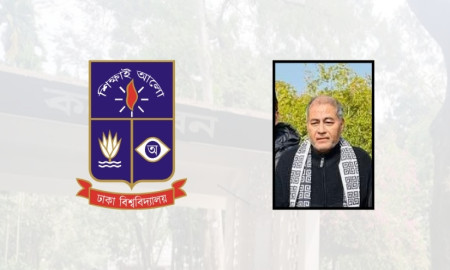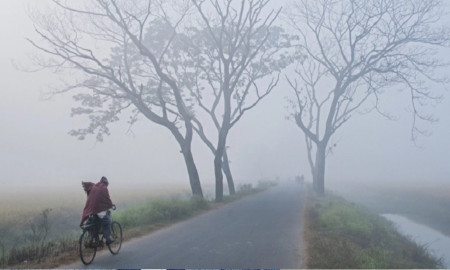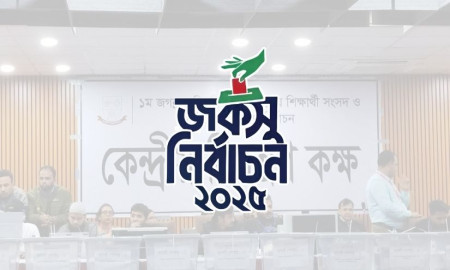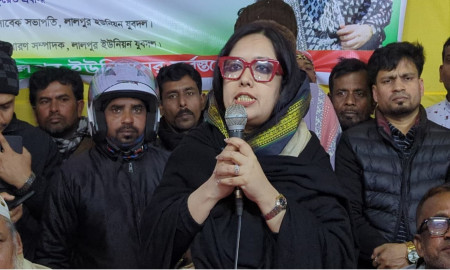Bangladesh Needs $1 Billion a Year to Reach 20% Renewable Energy Goal by 2030: IEEFA
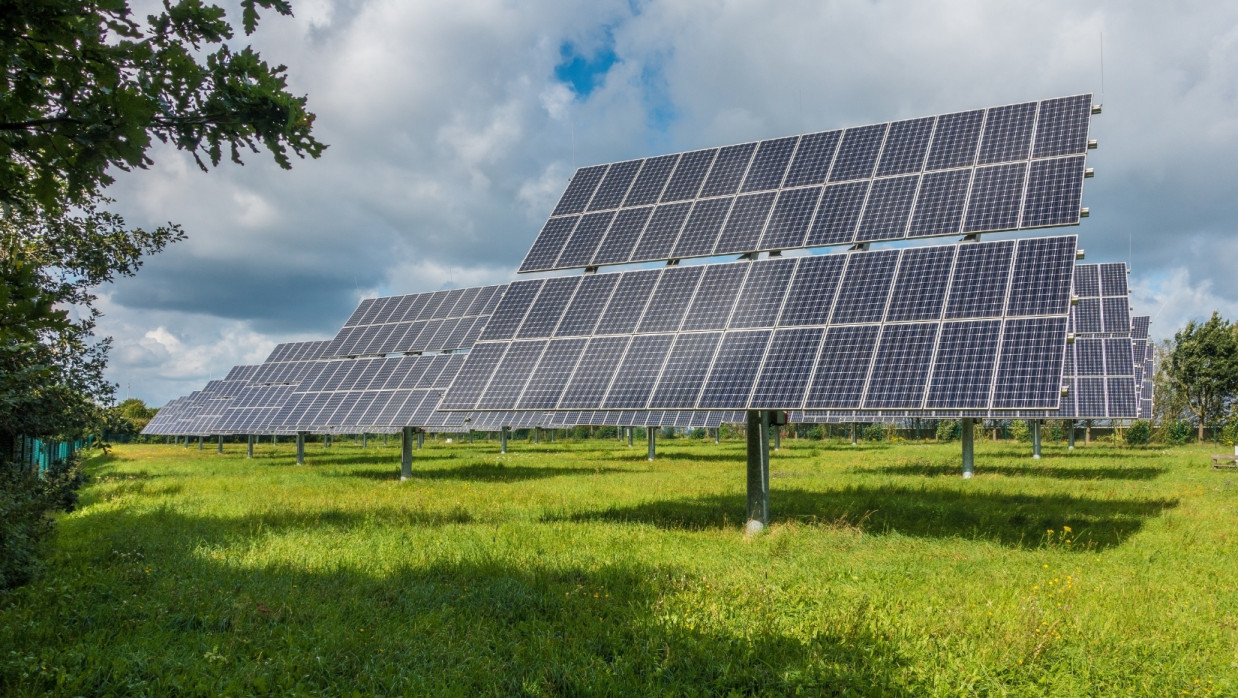
Bangladesh will need to invest over $980 million annually through 2030 to achieve its target of generating 20% of electricity from renewable sources, as outlined in the upcoming Renewable Energy Policy 2025, according to a new report by the Institute for Energy Economics and Financial Analysis (IEEFA).
The report, titled "Catalysing Renewable Energy Finance in Bangladesh," released on 25 June, further estimates that meeting a 30% renewable energy target by 2040 would require annual investments of $1.46 billion between 2030 and 2040.
The IEEFA warns that a combination of policy uncertainty, currency risks, land acquisition hurdles, and a downgraded sovereign credit rating could constrain capital inflows into the country’s renewable energy sector. The report also notes that public financing alone is unlikely to bridge the gap, highlighting the critical role of private investment in meeting Bangladesh’s clean energy goals.
“Given that the annual development budget exceeds $20 billion, allocating $1–1.46 billion to renewable energy should not be a challenge—if it is prioritised,” said Mustafizur Rahman, distinguished fellow at the Centre for Policy Dialogue (CPD). “This pressure can be eased if the government creates a favourable investment climate for both local and foreign investors,” he told The Business Standard.
Barriers to Renewable Energy Financing
The IEEFA identifies several factors that currently discourage private sector participation in Bangladesh’s renewable energy projects. These include frequent policy shifts, regulatory uncertainties, offtaker and performance risks, weak project pipelines, bureaucratic delays in loan disbursement, land-related complications, currency volatility, and low sovereign credit ratings.
The removal of the “implementation agreement” clause—once perceived as equivalent to a sovereign guarantee—has further undermined investor confidence, the report adds. In particular, the slow and complex land acquisition process has kept local sponsors away from utility-scale renewable projects.
Access to debt financing is also proving difficult. “Bangladesh’s low credit rating inflates the cost of foreign loans, which are vital for both economic growth and energy transition,” the report states. The situation has been compounded by a 27% devaluation of the Bangladeshi Taka against the US dollar between May 2022 and January 2025.
Smaller projects face even greater financing constraints, as financial institutions often view them as high-risk and demand substantial collateral.
Recommendations for Attracting Investment
To address these bottlenecks, the IEEFA recommends that the government prioritise land allocation for renewable projects through strategic resource mapping. It suggests leveraging the Public-Private Partnership (PPP) model to overcome land-related challenges and promote renewable energy zones within special economic areas.
Ensuring policy stability and moving from unsolicited project awards to competitive bidding processes could attract sustained investment through to 2040. The report also proposes the establishment of a currency hedging facility to mitigate exchange rate risks, with potential support from Multilateral Development Banks (MDBs), climate finance institutions, and bilateral development agencies.
To bolster investor confidence, the government could consider reinstating the implementation agreement clause as a form of sovereign guarantee, and develop a payment security mechanism to reassure investors—especially in light of the Bangladesh Power Development Board’s growing subsidy obligations.
“A transparent, investor-friendly policy framework and institutional support will be key to unlocking private finance for Bangladesh’s renewable energy ambitions,” the report concludes.
Author: The Business Standard






